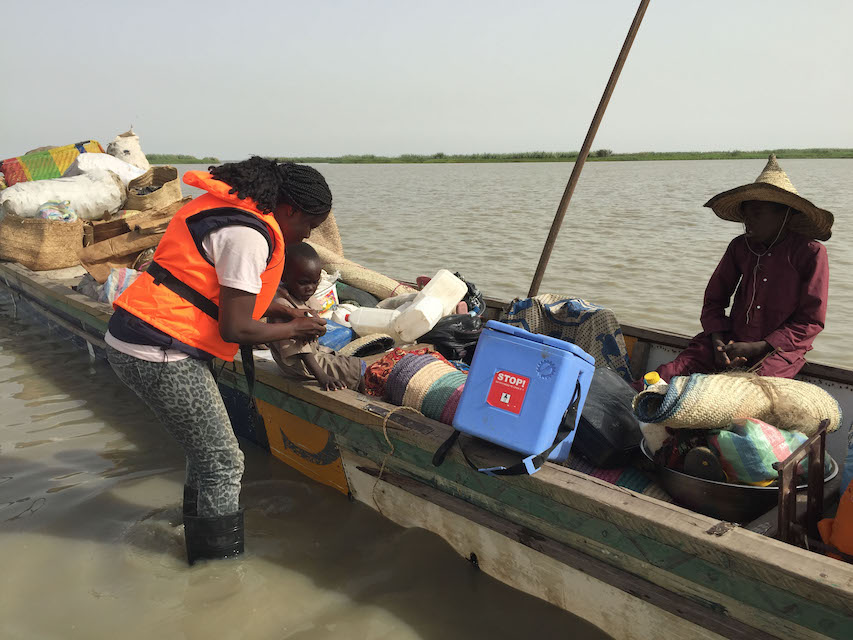Polio Eradication
Eradicating a disease requires a comprehensive, long-term strategy with rigorous methods that measure success. To achieve the global certification of polio eradication, the GPEI Polio Endgame Strategy 2019-2023 lays out three main pillars for achieving a world free of all polioviruses: Eradication (through immunization and disease surveillance), Integration and Containment. This strategy builds on the GPEI Polio Eradication and Endgame Strategic Plan 2013-2018 under which the African Region has made strong progress towards certification.
ERADICATION
1. Immunization
Routine Immunization The backbone of polio eradication is achieving high vaccination coverage among children. The best way to realize this is to add the oral polio vaccine (OPV), given in three doses to national routine immunization schedules. This level of coverage must be maintained, even after countries are declared polio free, because the virus can be re-introduced by cross-border travel and hesitancy around the vaccine.
Supplementary immunization
Supplementary immunization does not replace routine immunization but catches children who, for various reasons, have been missed and are either not immunized or only partially immunized. It also boosts the immunity of children who have already received the full vaccination.

Supplementary immunization is often done through national immunization days (NIDs) which target every child under the age of five. Each child, regardless of their immunization status, gets two doses of the oral polio vaccine usually given one month apart. Vaccinating a whole targeted age group in one go is particularly impactful in disrupting the spread of the disease.
NIDs are run by volunteers who, thanks to the simplicity of the oral polio vaccine, are able to serve as vaccinators after basic training. In the Africa region, supplemental activities also allow for additional primary health activities, including measles vaccinations or delivery of deworming tablets and vitamin A doses.
Targeted mop-up campaigns
Even with routine vaccination and supplementary immunization some children are still left un- or under-protected. To reach these remaining children, volunteers go door-to-door to administer the vaccine, in what are known as mop-up campaigns. In particular, these campaigns target itinerant or nomadic communities, which are often resistant to vaccination, as well as people living in areas with high population density, poor sanitation, and low routine immunization coverage. Mop-up campaigns also focus on places where the virus has been identified within the last three years, or where there are other indications that it may be circulating.
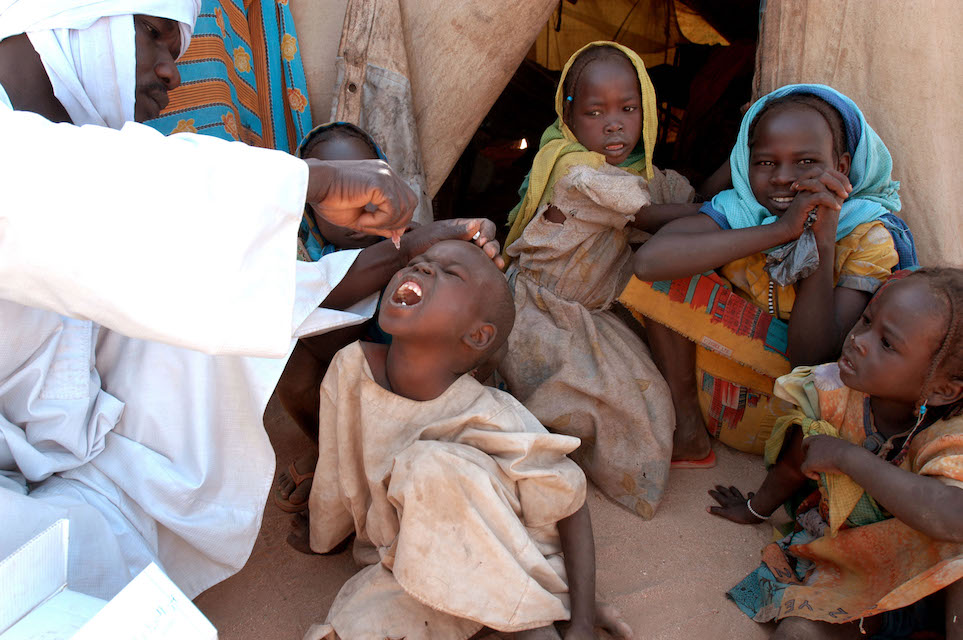
Disease Surveillance
Active surveillance is central to the whole polio eradication initiative. Across the African Region a network of dedicated laboratories, virologists and field surveillance staff at each level play a role in the chain of surveillance.
Health workers in health facilities, from district health centers in rural areas to large city hospitals, are trained to recognize and report every case presenting with sudden weakness of limbs technically known as acute flaccid paralysis (AFP), associated with polio, in any child under the age of 15.
National health staff also make routine visits to healthcare facilities, including hospitals and rehabilitation centers, to look for children with AFP who have not been identified or who have been misdiagnosed. In many parts of the African Region, the lack of health facilities and healthcare workers has meant training key members of the community including religious leaders, traditional healers and pharmacists to conduct community surveillance.
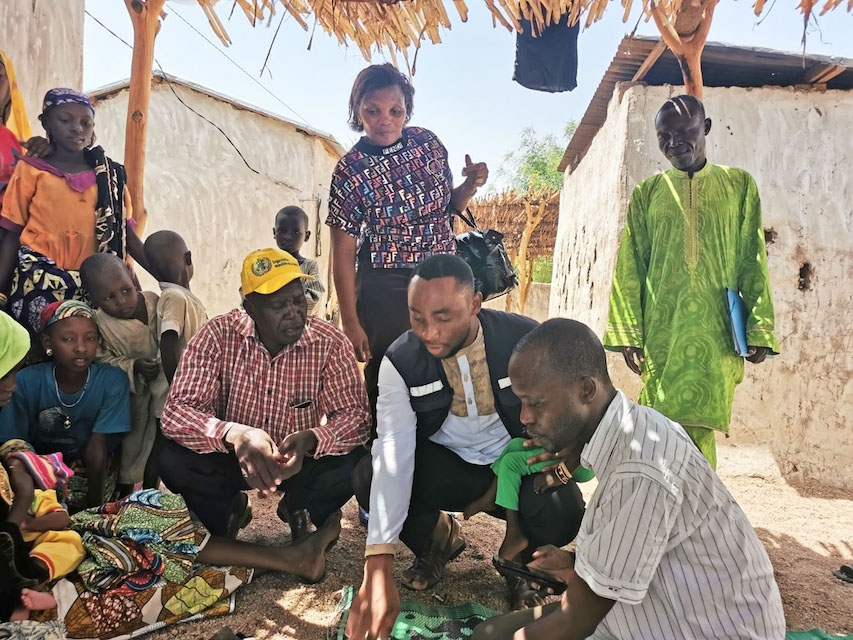
Once a case of AFP has been reported, two stool samples are collected from the AFP patient, 24 hours and 48 hours apart, ideally within 14 days of the onset of paralysis, and transported to the nearest dedicated laboratory. Results must be reported within 28 days, allowing countries to take action immediately to limit virus spread.
Over the years, polio testing has developed more sophisticated analysis to provide quicker results for response measures. Today, laboratories are able to determine the genetic make-up of the virus in each case, whether it is a wild or vaccine-derived polio strain, and, from this, identify the geographic origin of the particular strain. This information then allows for targeted vaccination campaigns to prevent disease spread.
More recently, environmental surveillance – which entails collecting and testing sewerage samples that may contain polio viruses in human faeces – is being used to complement surveillance and provide an early warning of circulating viruses in the area, even when there are no reported cases of paralysis.
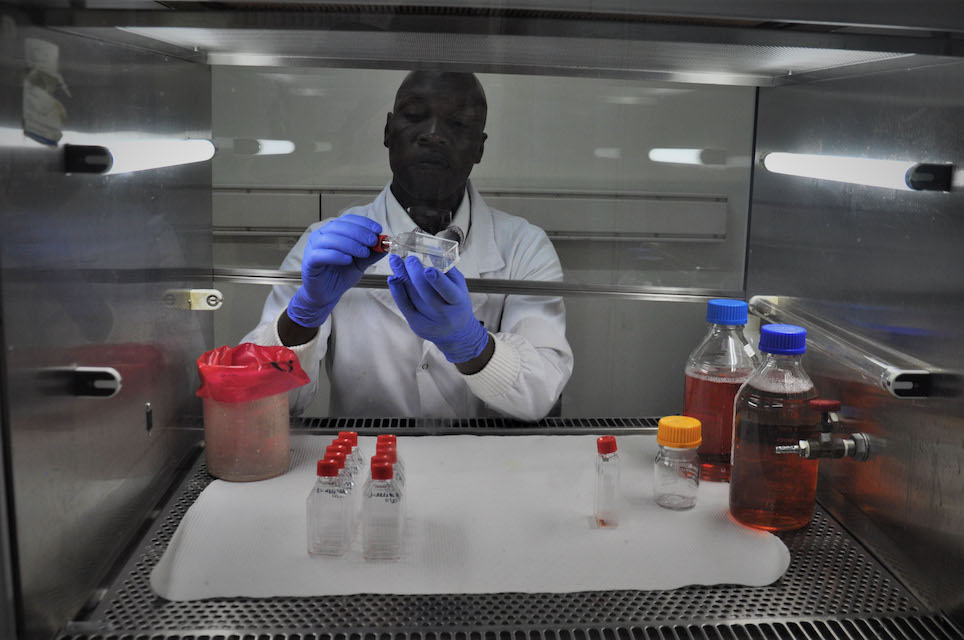
Integration
Over the years, the polio eradication programme has developed extensive tools, infrastructure, knowledge and best practices in immunization, disease surveillance and outbreak response, as well as a vast network of human resources and wide geographic access. Polio resources have contributed tremendously to responding to humanitarian emergencies and diseases outbreaks across the African region.
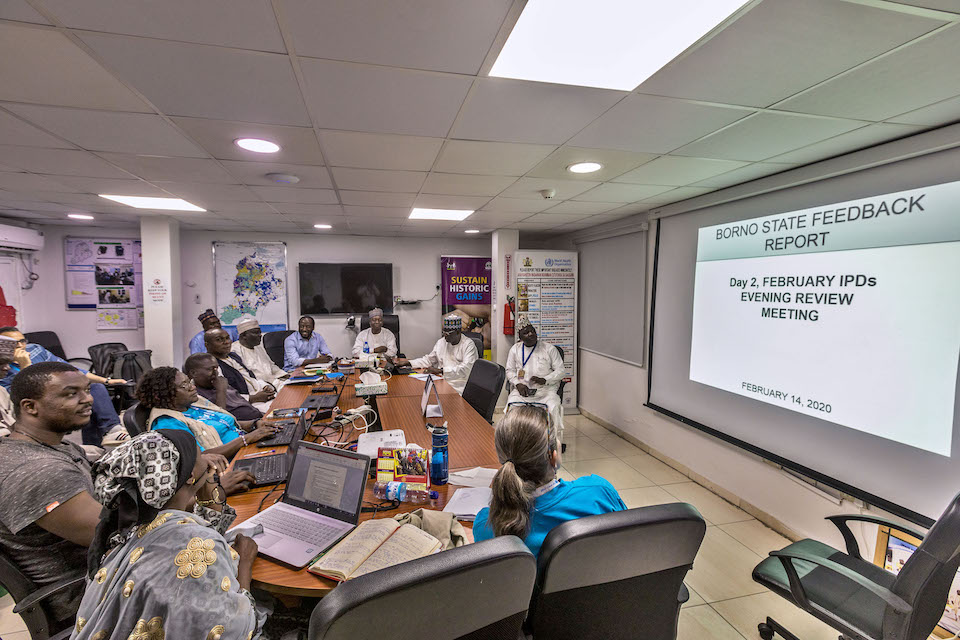
Beyond polio eradication, these are being directed towards supporting and strengthening Africa’s health systems more broadly, including integrated disease surveillance and public health responses to a broader range of vaccine-preventable or epidemic-prone diseases, including measles, yellow fever, meningitis, cholera and more recently Ebola and COVID-19. Measles campaigns supported by polio infrastructure have resulted in a 50% decline in measles deaths since 2000, whilst the successful response to Ebola outbreak in Nigeria is partly attributed to the support offered by the polio programme.
In addition, the polio network is at the forefront of responding to humanitarian emergencies, including natural and man-made disasters, having contributed to efforts to relieve droughts in the Horn of Africa and in the Sahel.
Certification and containment
In order to certify the African Region as free of wild polio, a formal standardized process of certification is followed where all countries are required to meet strict criteria across immunization, disease surveillance and containment. All data collection and polio eradication activities are assessed by an independent body called the Africa Regional Certification Commission (ARCC). A region is certified as wild polio free after meeting all the criteria for certification and after three years have passed without detection of any wild poliovirus in any country in the region.
Containment includes the destruction of polioviruses in laboratories, biosafety and biosecurity requirements for laboratories, vaccine production sites, or any other facility that handles or stores eradicated polioviruses, to minimize the risk of polio viruses being released into the community that may result in the reintroduction of the virus and cause outbreaks.
